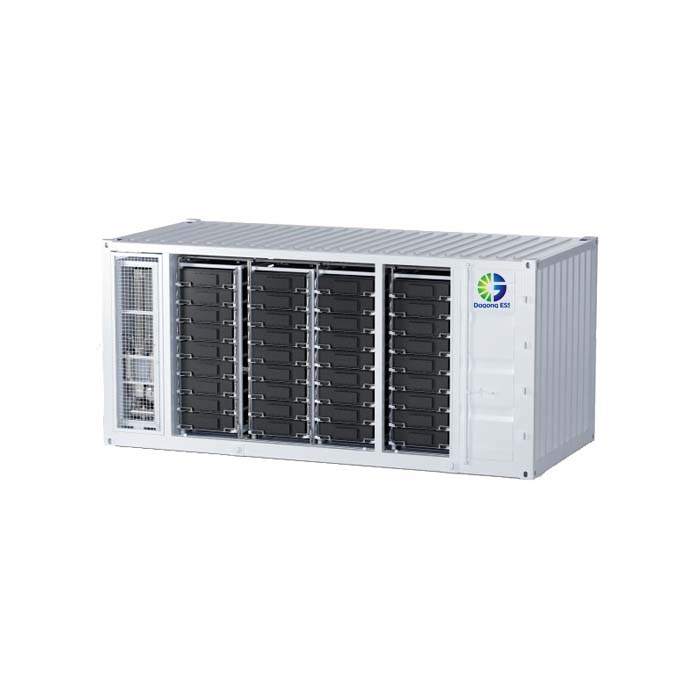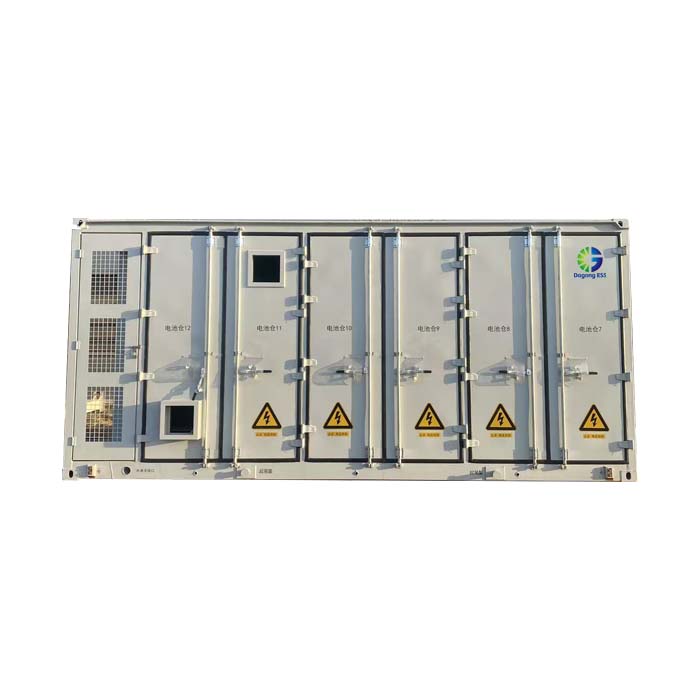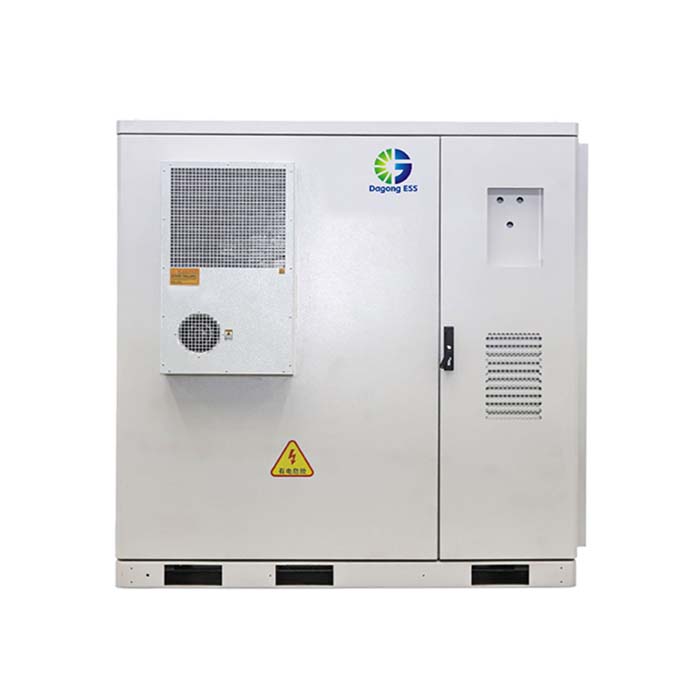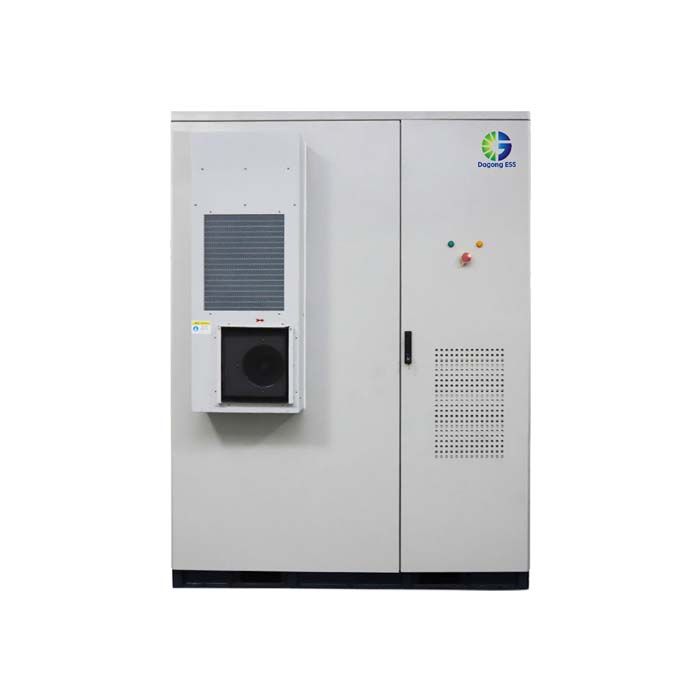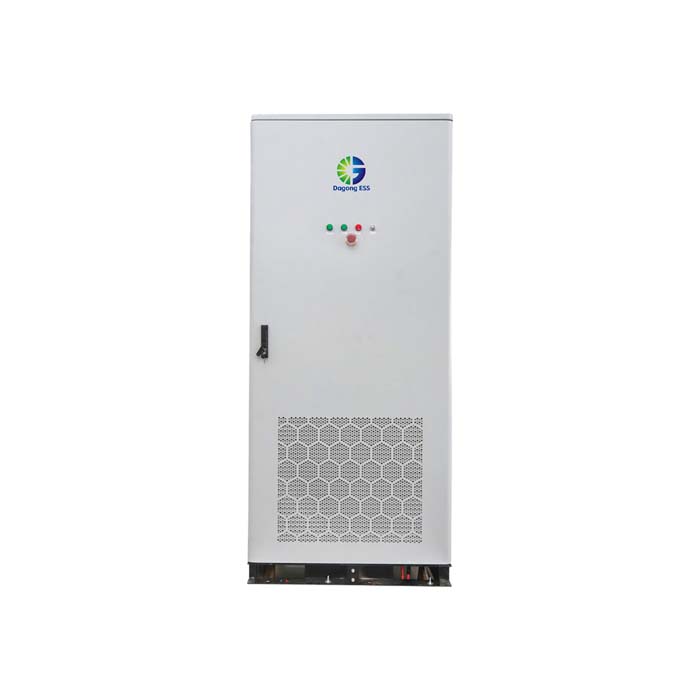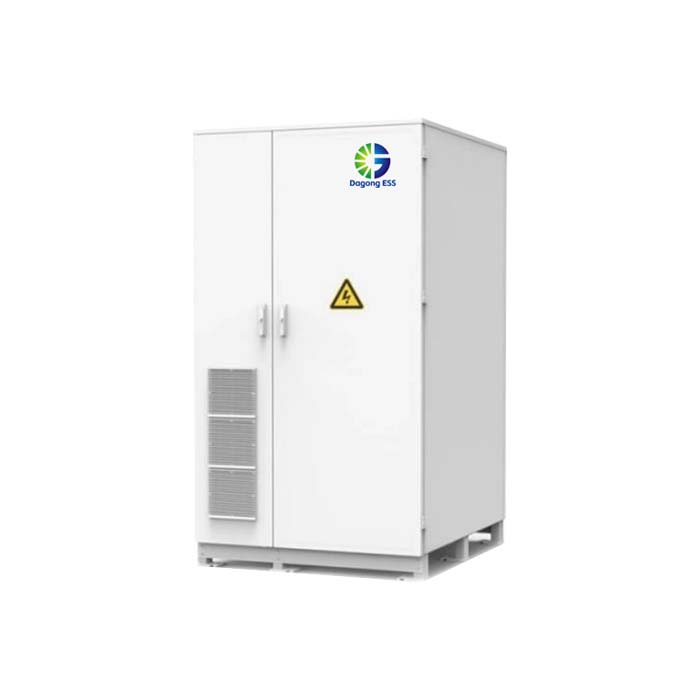Grid-Scale BESS in China: From Peak Shaving to Ancillary Services (2025 Trends)
What is Grid-Scale BESS?
Grid-scale Battery Energy Storage Systems (BESS) are large-capacity installations that store energy and provide services directly to the power grid. These systems help balance energy supply and demand, support renewable integration, and enhance grid resilience.
In China, Grid-Scale BESS has seen rapid expansion, largely driven by policy mandates for new energy projects to be paired with storage. While early applications focused on peak shaving and valley filling, today's systems are increasingly expected to provide frequency regulation, spinning reserve, black start capabilities, and voltage support.
Types of Grid-Scale BESS in China
China's utility-scale energy storage projects typically adopt the following configurations:
Air-Cooled BESS Containers (3MWh–5MWh): These are widely deployed due to their cost-effectiveness and simplified maintenance. A 5MWh air-cooled containerized ESS, for example, is commonly seen in desert PV-storage hybrid projects.
Liquid-Cooled BESS Containers (3.35MWh or above): Preferred for regions with high ambient temperatures or requiring precise thermal control, liquid cooling systems offer higher energy density and improved safety.
Modular Rack-Based Systems: These are used for more flexible deployment or integrated into substations and wind/PV farms.
The modular 215kWh and 372kWh units, when integrated into 20ft or 40ft containers, can be scaled to match project demands.
Features of Grid-Scale BESS
Key features of grid-scale battery storage systems include:
High Capacity and Scalability
Easily scaled from hundreds of kWh to multiple MWh using modular CTP or rack battery packs.Advanced BMS and EMS
Enables intelligent energy dispatch, real-time monitoring, and fault diagnostics.Thermal Management
Air or liquid cooling ensures optimal battery lifespan, especially in harsh climates.Certification and Safety Compliance
Compliant with CE, UN38.3, MSDS, and local grid codes.
Some systems on the market—like those rated 215kWh, 241kWh, or 5MWh—demonstrate advanced CTP design, integrated hybrid inverters, and 15-year service life with over 8000 cycles.
Applications of Grid-Scale BESS in China
In 2025, grid-scale BESS in China is being used in increasingly diverse applications:
Peak Shaving and Valley Filling: Smooths demand curves and reduces grid strain during high-load periods.
Renewable Energy Integration: Stores excess solar/wind output and ensures smooth grid injection.
Ancillary Services: Provides frequency regulation, voltage control, and spinning reserve.
Virtual Power Plants (VPP): Aggregates distributed BESS units into grid-responsive networks.
Large industrial parks and solar-wind hybrid stations in provinces like Shandong, Hebei, and Inner Mongolia have installed 3.35MWh+ liquid-cooled systems for flexible energy dispatch and frequency control.
Price of Grid-Scale BESS
The cost of energy storage systems for renewable energy integration depends on several factors, including system capacity, storage duration, battery type, control software, installation conditions, and auxiliary equipment.
Pricing is usually quoted under international trade terms such as EXW, FOB, or CIF, depending on project location and logistics preferences.
For a tailored quotation based on your specific project needs, it's best to consult directly with the supplier.
How to Select Grid-Scale BESS for Your Project?
When selecting a utility-scale BESS solution, consider:
Application Scenario: Whether for peak shaving, ancillary services, or energy shifting.
Cooling Technology: Air-cooled systems suit mild environments, while liquid-cooled are better for extreme temperatures or higher cycling demand.
Cycle Life and Warranty: Minimum 6000–8000 cycles with 10–15 years warranty.
Integration Capability: Ensure compatibility with existing EMS, PV inverters, or wind turbines.
Engineering firms often source solutions from established manufacturers offering 100kWh to 5MWh units with modular integration, pre-installed battery packs, and tested BMS/EMS systems.
How Long Does Grid-Scale BESS Last?
Most grid-scale BESS installations in China are designed for 15 years or more, assuming regular maintenance and operation within recommended temperature and SOC ranges. Systems with over 8000 life cycles (like LFP-based containers) are commonly used in grid-connected projects with daily cycling.
The Supplier of Grid-Scale BESS
Numerous Chinese suppliers now offer grid-scale BESS ranging from 100kWh air-cooled cabinets to 5.015MWh liquid-cooled containers. Some configurations achieve high energy density within standard 20ft containers, and many support parallel expansion, real-time monitoring, and multi-level fault protection—critical features for modern energy markets.
If you are interested in energy storage products for Grid-Scale BESS, please contact Dagong ESS,
Email: sales@dagongess.com
Website: www.dagongess.com


